To add potassium to tomato plants, you can use potassium-rich fertilizers or organic materials like banana peels or wood ash, which can boost the plant’s growth and fruit production. Adding these resources to the soil can help replenish potassium levels and improve overall plant health.
Moreover, providing a balanced fertilizer, specifically formulated for tomatoes, can ensure an adequate supply of potassium and other essential nutrients. When applying fertilizers, it’s crucial to follow the recommended dosage instructions and distribute them evenly around the plant’s root zone.
Additionally, regular soil testing can determine the specific potassium needs of the tomato plants, allowing for targeted supplementation and optimal growth.
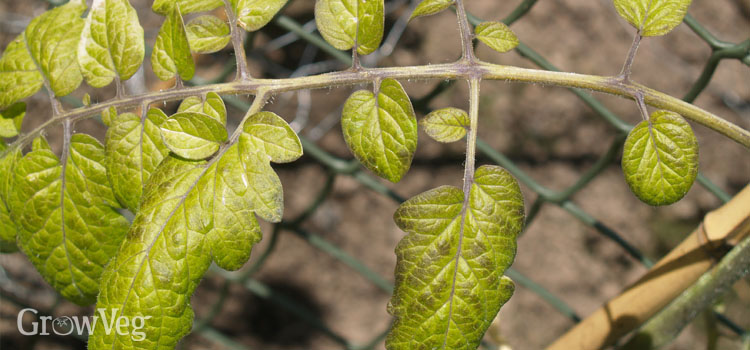
Credit: www.growveg.com
The Importance Of Potassium For Tomato Plants
Potassium plays a vital role in the growth and development of tomato plants. It is essential for various physiological processes, including enzyme activation and nutrient transportation. Tomato plants specifically require potassium supplementation due to their high demand for this nutrient.
Potassium deficiency can have detrimental effects on tomato plants, leading to stunted growth, decreased fruit quality, and increased susceptibility to pests and diseases. Therefore, it is crucial to ensure an adequate supply of potassium to tomato plants to optimize their health and productivity.
By providing potassium-rich fertilizers or organic amendments, gardeners can help meet the nutritional needs of their tomato plants and promote vigorous growth and abundant yields. Regular monitoring of potassium levels and timely supplementation can help prevent deficiencies and maintain the overall vitality of tomato plants.
Signs And Symptoms Of Potassium Deficiency In Tomato Plants
Potassium deficiency in tomato plants can have noticeable visual cues. Stunted growth and reduced yield are common signs of this deficiency. Additionally, leaf discoloration and chlorosis are often observed. These symptoms can be attributed to the plant’s inability to transport water efficiently and maintain proper cell function.
To address this issue, you can add potassium to your tomato plants. This element is essential for plant growth and plays a vital role in photosynthesis, enzyme activation, and nutrient transport. To prevent potassium deficiency, consider using fertilizers specifically formulated for tomato plants or incorporate organic matter rich in potassium into the soil.
By ensuring an adequate potassium supply, you can promote healthy growth and maximize the yield of your tomato plants.
How to Add Potassium to Tomato Plants: Step by Step Guide
Determine The Potassium Needs Of Your Tomato Plants
Determining the potassium needs of your tomato plants starts with conducting a soil test. Soil testing allows you to assess the potassium levels present in your soil accurately. It is crucial to understand the potassium uptake in tomato plants as it directly affects their growth and overall health.
Several factors influence the availability of potassium in the soil, such as soil ph, organic matter content, and the presence of other nutrients. By identifying these factors, you can make informed decisions about how to add potassium to your tomato plants in a way that ensures optimal growth and yields.
Regular soil testing and monitoring will help you maintain the right potassium levels and provide the necessary nutrients to keep your tomato plants healthy and thriving.
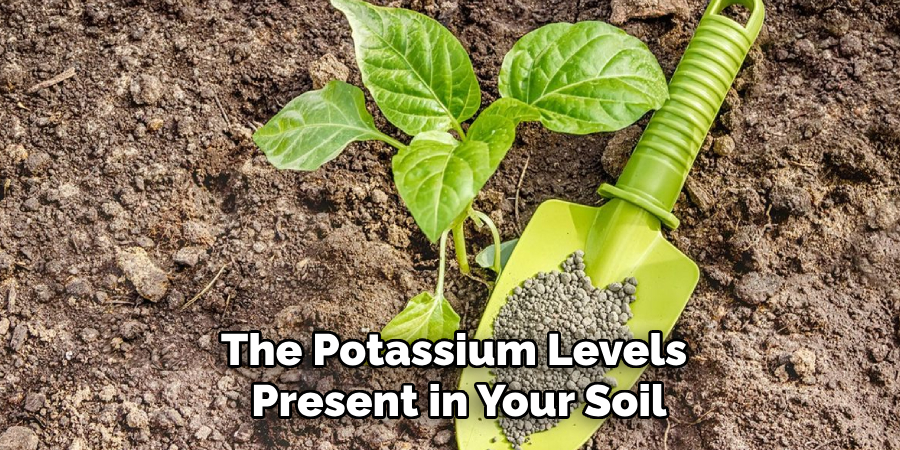
Organic Sources Of Potassium For Tomato Plants
Potassium is essential for the healthy growth of tomato plants. One organic way to increase potassium levels is by using compost and organic matter. These natural sources of potassium enrich the soil and promote the absorption of nutrients. Compost tea and manure are particularly effective in providing potassium to tomato plants.
They are rich in organic matter and release potassium slowly, ensuring a steady supply for the plants. Another option is to use seaweed and kelp extracts, which are natural sources of potassium. These extracts can be applied as a liquid fertilizer or incorporated into the soil.
Adding these organic sources of potassium will enhance the overall health and productivity of tomato plants, resulting in better yields and tastier tomatoes.
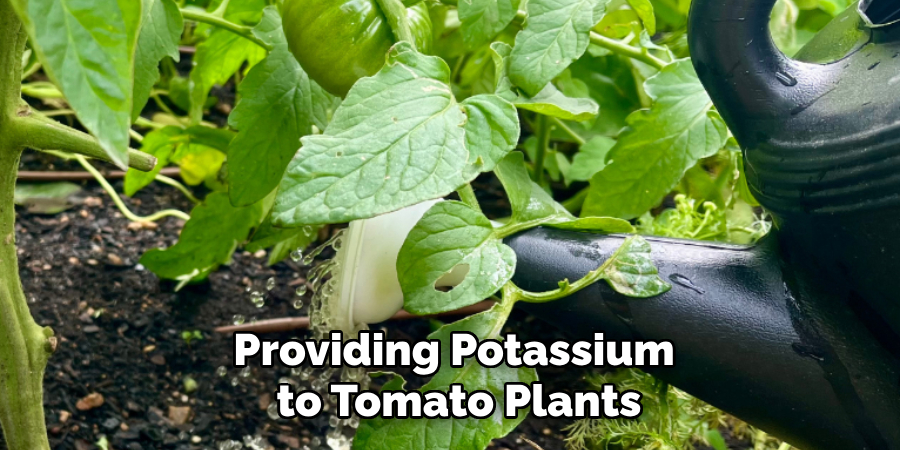
Synthetic Sources Of Potassium For Tomato Plants
Potassium is essential for healthy tomato plants. When it comes to synthetic potassium sources, fertilizer labels play a crucial role. Understanding nutrient ratios is key. Choose the right potassium fertilizer for your tomatoes, considering the specific nutrient needs. To apply potassium fertilizers effectively and safely, follow recommended guidelines.
Avoid overusing or underusing fertilizers, as both can impact plant health. Proper application ensures the potassium is absorbed by plants efficiently. Remember to consider the npk ratio to maintain a balanced nutrient profile. Adding potassium to tomato plants will promote strong growth, improve fruit quality, and increase overall yield.
With careful consideration of fertilizer labels and application techniques, you can successfully boost potassium levels in your tomato plants.
Timing And Frequency Of Potassium Application For Tomato Plants
Timing and frequency play a crucial role in adding potassium to tomato plants. To ensure optimal growth, it is important to follow best practices when supplementing potassium. Determining the required frequency of application depends on the specific needs of your tomato plants.
Consider factors such as soil composition, plant health, and growth stage. It is also essential to take precautions when applying potassium. Avoid overuse, as excessive potassium can lead to imbalances and hinder plant development. Test the soil regularly to monitor nutrient levels and adjust the potassium application accordingly.
By adhering to these guidelines, you can provide your tomato plants with the right amount of potassium at the appropriate time, promoting healthy growth and a bountiful harvest.
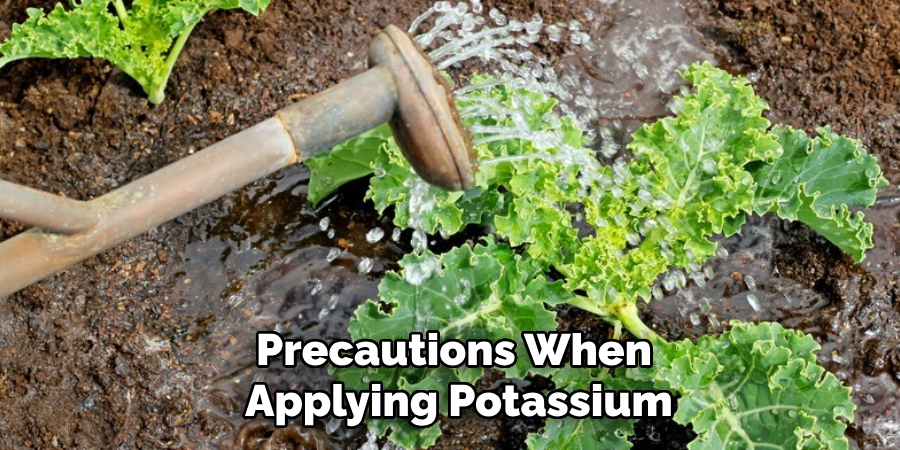
Other Factors To Consider For Optimal Potassium Uptake In Tomato Plants
Soil ph plays a crucial role in the availability of potassium for tomato plants. The acidity or alkalinity of the soil affects how well the plants can absorb potassium. Additionally, other nutrients in the soil can have an impact on potassium uptake.
For optimal growth, it is essential to ensure that the plants have access to a balanced supply of nutrients. Another factor to consider is watering practices. How often and how much you water the plants can influence their ability to absorb potassium.
Maintaining a consistent watering schedule and avoiding both overwatering and underwatering can help promote optimal potassium absorption. By addressing these factors, you can enhance potassium uptake in tomato plants and promote healthy growth and fruit production.
Monitoring And Assessing Potassium Levels In Tomato Plants
Tomato plants require a careful monitoring and assessment of their potassium levels. Conducting regular leaf tissue analysis is essential to determine the plants’ potassium needs. Visual inspections play a crucial role in identifying any potassium-related issues. Based on the plant’s response, the potassium supplementation can be adjusted accordingly.
By maintaining a close eye on the potassium levels and making necessary adjustments, you can ensure optimal growth and development of your tomato plants. So, implement these practices to add potassium effectively and keep your plants healthy and thriving.
Troubleshooting Common Potassium-Related Issues In Tomato Plants
Tomato plants rely on potassium for healthy growth and development. If you notice any issues in your plants, it might be due to potassium-related problems. Excess potassium can have adverse effects on tomato plants, affecting their overall health. Potassium also interacts with other essential nutrients in the plant’s system, and imbalances can hinder their absorption.
To address these problems, it is crucial to remediate potassium imbalances in tomato plants. This can be achieved by adjusting the fertilization routine and incorporating practices like soil testing and proper watering techniques. By identifying and resolving potassium-related issues in your tomato plants, you can ensure their optimal growth and yield.
Proper care and attention will go a long way in maintaining healthy and productive tomato plants.
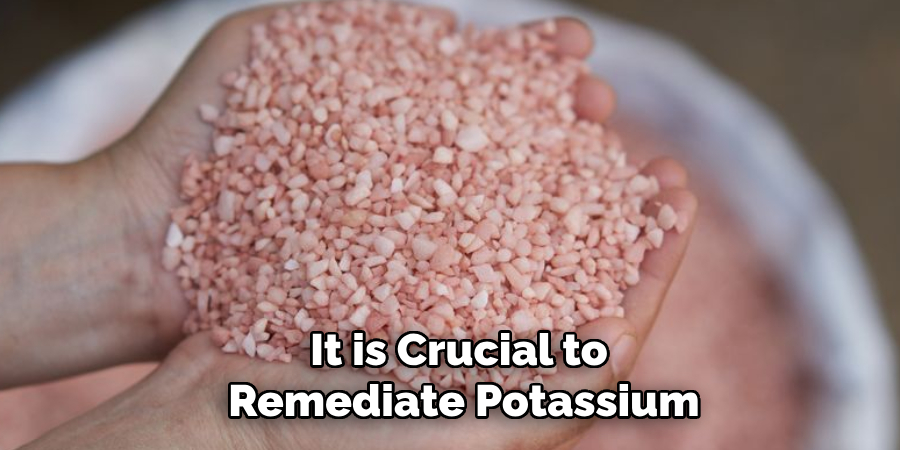
Frequently Asked Questions For How To Add Potassium To Tomato Plants
What Is The Best Way To Add Potassium To Tomato Plants?
The best way to add potassium to tomato plants is by using potassium-rich fertilizers. Fertilizers with a high potassium content, such as potassium sulfate or potassium nitrate, can be applied to the soil around the base of the tomato plants.
An ideal ratio for potassium in fertilizers is 4-6-12, with the middle number representing the potassium content. This can help promote healthy growth and development of the plants. Another option is to use organic sources of potassium, such as wood ash or composted banana peels.
These can be sprinkled around the plants or added to the soil before planting. It is important to follow the recommended application rates for fertilizers and avoid overfeeding, as excessive potassium can lead to nutrient imbalances. Regularly monitoring plants for signs of deficiency or excess can help ensure optimal potassium levels for tomato plants.
What Is The Fastest Way To Add Potassium To Soil?
The fastest way to add potassium to soil is by using potassium-rich fertilizers like potash. Potash is a natural source of potassium that can be applied directly to the soil. Another method is by using potassium sulfate or potassium nitrate fertilizers.
These fertilizers can be dissolved in water and applied as a liquid solution to the soil. Additionally, adding organic matter like compost or manure can also increase soil potassium levels over time. Regular soil testing is recommended to determine the exact amount of potassium required for your soil.
Remember to follow the instructions on the fertilizer package for the correct application rate and frequency.
What Is A Good Potassium Fertilizer For Tomatoes?
A good potassium fertilizer for tomatoes is one that promotes healthy growth and improves fruit production. Potassium is an essential nutrient for plants and plays a crucial role in fruit development. Look for fertilizers with a high potassium content, such as those that have a higher middle number in the n-p-k ratio (nitrogen-phosphorus-potassium).
Potassium-rich fertilizers can be in the form of organic options like compost or manure, or synthetic fertilizers like potassium sulfate or potassium nitrate. It’s important to follow the instructions on the packaging to ensure proper application, as overuse of potassium can lead to nutrient imbalances.
Using a balanced fertilizer that contains nitrogen, phosphorus, and potassium is also recommended for overall plant health.
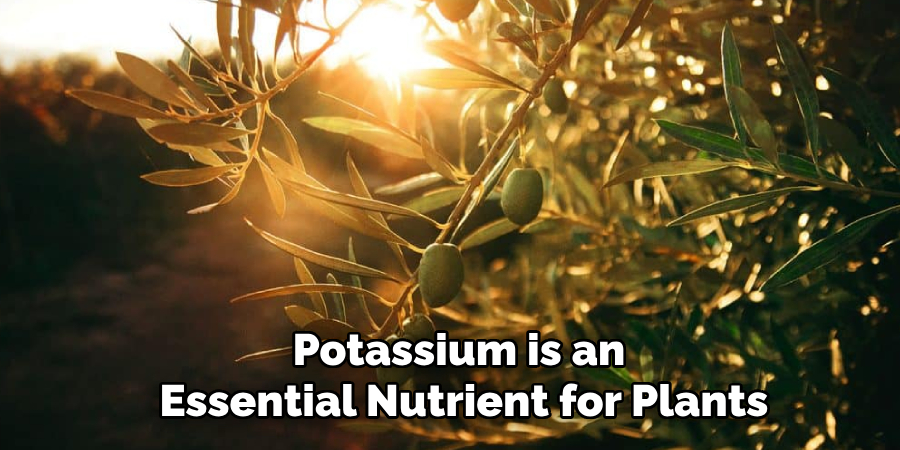
How Do I Give My Plant More Potassium?
To increase the potassium levels in your plant: 1. Use a potassium-rich fertilizer to feed your plant. 2. Consider adding natural sources of potassium, like banana peels or wood ash, to the soil. 3. Ensure that the soil ph is within the optimal range for potassium uptake.
4. Avoid overwatering, as excessive water can leach potassium from the soil. 5. Regularly monitor the plant for signs of potassium deficiency, such as yellowing or browning of leaves. 6. Adjust the dosage and frequency of potassium supplementation based on the specific needs of your plant.
7. Consult a gardening expert or conduct a soil test to determine the exact potassium requirements for your plant.
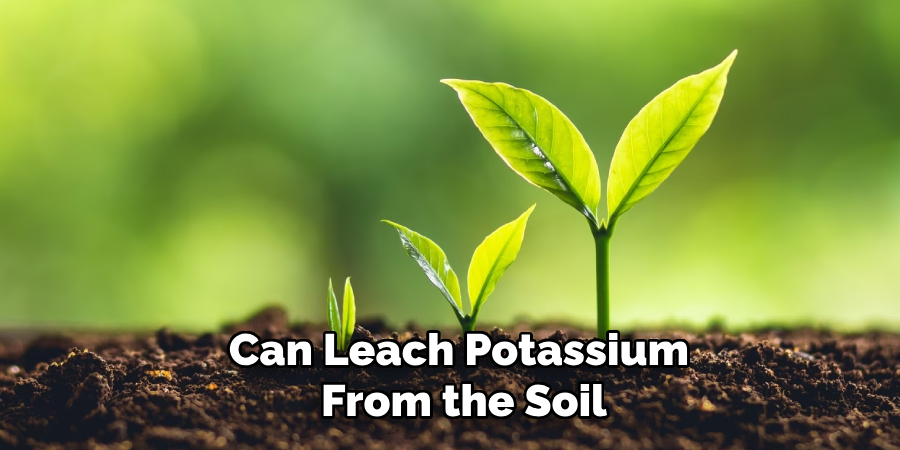
Conclusion
To sum up, increasing potassium levels in tomato plants is crucial for their overall health and productivity. By following the tips discussed in this blog post, you can ensure that your tomato plants receive an adequate supply of this essential nutrient.
Remember to choose the right potassium-rich fertilizers, apply them in the correct amounts, and maintain a consistent watering schedule. Additionally, supplementing with natural sources like banana peels and coffee grounds can provide additional potassium to your plants. Regularly monitoring the potassium levels through soil testing is also recommended to make any necessary adjustments.
By providing your tomato plants with sufficient potassium, you can promote strong root development, improve disease resistance, encourage the growth of vibrant foliage, and ultimately enjoy a bountiful harvest of delicious tomatoes. Happy gardening!

